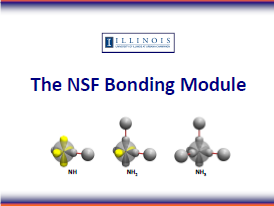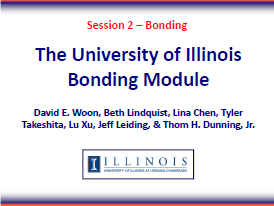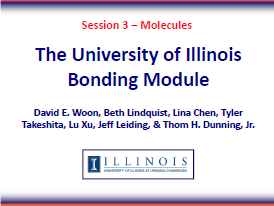|
Assessing the Effectiveness of the Atom-by-Atom Approach vs the Traditional Treatment of Bonding and Molecules
in General Chemistry.
David E. Woon, Derek Houston, and Luisa Maria Rosu., to be submitted to J. Chem. Educ.
|
|
|
An Atom-by-Atom Approach for Teaching about Atoms, Bonding, and Molecules in General Chemistry.
1. An Inquiry-Drive Approach and Its Iconography for Atoms
David E. Woon, Tyler Y. Takeshita, and Thom H. Dunning, Jr., to be submitted to J. Chem. Educ.
|
|
|
An Atom-by-Atom Approach for Teaching about Atoms, Bonding, and Molecules in General Chemistry.
2. Deducing Bond Types and Observing Bond Polarization by Combining Atom Pairs
David E. Woon and Thom H. Dunning, Jr., to be submitted to J. Chem. Educ.
|
|
|
An Atom-by-Atom Approach for Teaching about Atoms, Bonding, and Molecules in General Chemistry.
3. Building Polyatomic Molecules and Deducing Relative Stability
David E. Woon and Thom H. Dunning, Jr., to be submitted to J. Chem. Educ.
|
|
|
Assessing Misconceptions Related to Atomic Orbitals, Chemical Bonding, and Molecular Structure Held by
General Chemistry Students.
Beth A. Lindquist, Thom H. Dunning, Jr., and David E. Woon, to be submitted to Chem. Educ. Res. Practice
|
|
|
D. BCCE PRESENTATIONS
|
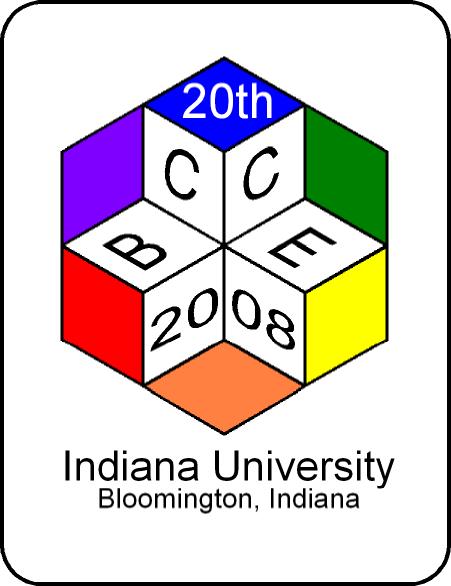
|
BCCE 2008 – Indiana University
|
|
|
|
1. Modern Quantum Chemical Bonding Concepts for the General Chemistry Curriculum (David Woon, Thom Dunning, Jr.,
and Charity Flener)
|
|
|
|
2. Quantum Chemical Insights into Hypervalent for the Chemistry Curriculum: An Atom-by-Atom Approach
(David Woon and Thom Dunning, Jr.)
|
|
|
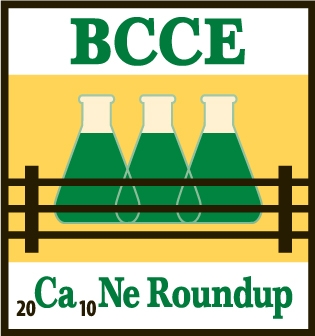
|
BCCE 2010 – University of North Texas
Organized symposium: "Modernizing Teaching about Molecules and Bonding in General
Chemistry Courses" (David Woon & Thom Dunning, Jr., organizers)
|
|
|
|
3. New Foundations for Teaching about the Nature of Molecular Bonding in General Chemistry: Moving Beyond Lewis
Structures, Hydridized Orbitals, and VSEPR with Modern Quantum Chemical Theory (David Woon, Lina Chen, and
Thom Dunning, Jr.)
|
|
|
|
4. New Foundations for Teaching about the Nature of Molecular Bonding in General Chemistry: What is a Chemical
Bond? (David Woon, Lina Chen, and Thom Dunning, Jr.)
|
|
|
|
5. Atom-by-Atom Insight into Molecular Structures (Lina Chen, David E. Woon, and Thom H. Dunning, Jr.)
|
|
|
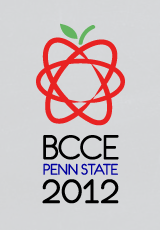
|
BCCE 2012 – Penn State University
Organized symposium: "Modernizing the Instruction of Atoms, Molecules, and Bonding in
General Chemistry Courses" (David Woon and Thom Dunning, Jr., organizers)
|
|
|
|
6. Introducing the University of Illinois Bonding Module: Building Atoms (David E.Woon and Thom H. Dunning, Jr.)
|
|
|
|
7. Introducing the University of Illinois Bonding Module: Building Molecules (David E.Woon and Thom H.
Dunning, Jr.)
|
|
|
|
8. Addressing Misconceptions about Chemical Bonding and Molecule Structure with an Atom-by-Atom Approach to Building
Molecules (Beth Linquist, David E. Woon, and Thom H. Dunning, Jr.)
|
|
|
|
9. Do We Need Hydridization to Understand Carbon Chemistry? (Lu Xu and Thom H. Dunning, Jr.)
|
|
|
|
10. Applying the Generalized Valence Bond Wavefunction to the Formation of Hypervalence Molecules in General
Chemistry (Tyler Takeshita and Thom H. Dunning, Jr.)
|
|
|
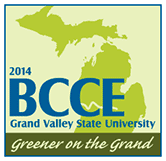
|
BCCE 2014 – Grand Valley State University
Organized symposium: "Atoms First, Atoms Right: RIght and Wrong Ways to Approach Atoms,
Bonding and Molecules within the Atoms First Framework (Tyler Y. Takeshita, David E. Woon, and Thom H. Dunning, Jr.,
organizers)
|
|
|
|
11. Nature of Atomic Lone Pairs: A First Step to Understanding Hypervalency (Tyler Y. Takeshita)
|
|
|
|
12. Insights into Chemical Bonding from Generalized Valence Bond Theory (Tyler Y. Takeshita)
|
|
|
|
13. 2D and 3D Representations of Atoms and Molecules Based on Rigorous Quantum Chemistry: Models Suitable for
General Chemistry and Advanced Courses (David E. Woon)
|
|
|
|
14. Insights into Hypervalency from General Valence Bond Theory: The Recoupled Pair Bond Theory" (Lu T. Xu)
|
|
|
|
15. Vertex or Edge Inversion: Understanding NH3, NF3, PH3, and
PF3 Inversion with Recoupled Pair Bonding Model" (Lu T. Xu)
|
|
|
|
16. (Progress Toward) Development of an Assessment to Examine Understanding of Chemical Bonding and Molecular
Structure of General Chemistry Students (Beth Lindquist, Lizanne DeStefano, Thom Dunning, Jr., and David Woon)
|
|
|
|
E. SAMPLE HANDOUTS
|
|
1. Bonding in H3O+ and Comparison with NH3 (Jeff Leiding)
|
|
|
|
2. Why is the most stable form of O2 Open Shell? (Tyler Takeshita)
|
|
|
|
3. The Origin of Hypervalency in SF4 and SF6 (Beth Lindquist)
|
|
|
|
F. PROPOSAL TO NSF (Project Description)
|
|
Discovering the Nanoworld: A New Module for Teaching about Molecules and Bonding in General Chemistry
|
|
| | | | | |







